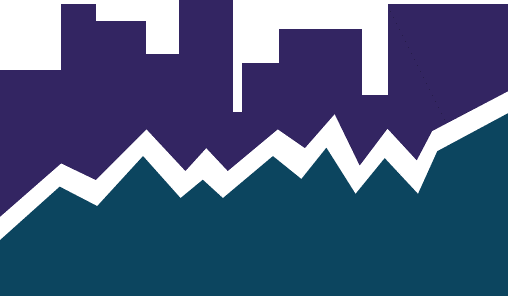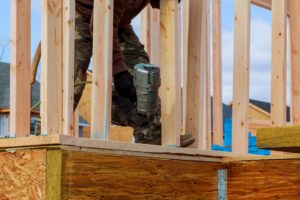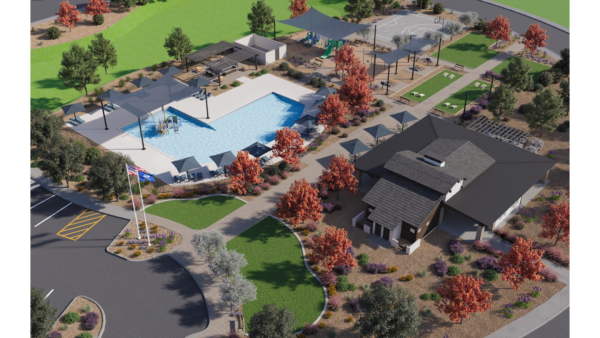The Monday Morning Quarterback
A quick analysis of important economic data released over the last week
By Elliot D. Pollack & Co. | Rose Law Group Reporter
More data came in rounding out the complete picture for 2021. Greater Phoenix surpassed 31,000 single family home permits, a level not seen since 2007. The second half of the year did slow however, due to a combination of inflation, material shortages, and labor shortages. Indeed, growth in permits has far outpaced growth in deliveries with the stretching of construction timeframes. As such, builder confidence has dropped for the month of January. In terms of multi-family, Colliers Research and Yardi Matrix reported 8,072 market rate units delivered for 2021. With those same constraints still in place and expected to persist in 2022, residential deliveries may only see modest growth despite both an overwhelming shortage and high demand.
In other news, Arizona employment grew 3.3% (94,800 jobs) in 2021 and fully recovered more than all of the jobs lost due to COVID-19 related layoffs. Most of the job gains occurred in Greater Phoenix, but only two metro areas, Flagstaff and Tucson, have yet to fully gain back all jobs lost. The rest of the state has achieved this milestone.
Despite continued volatility and worries of Fed actions designed to slow inflation, expectations for 2022 and 2023 are for continued above average growth.
U.S. Snapshot:
- The Conference Board Leading Economic Index saw an increase of 0.8% from November. This was above the growth of 0.7% seen in both November and October. The Conference Board remains optimistic and forecasts growth of 3.5% in 2022.
- Builders’ confidence dropped in January from December’s level as material and labor shortages and prices increased continued to add to construction times. While the level in January (83) is down from the level seen in late 2020, it remained well above the 50 threshold.
- Preliminary data for new residential construction was released by the U.S. Census. Total permits were up 17.2%, with 5 or more units increasing 26.4%. The number of starts were up 15.6%, but the number of completions only increased 4.0%.
- The National Association of Realtors released preliminary sales figures for 2021. Total existing home sales increased by 8.5% reaching 6.1 million, with prices increasing 16.9%. Single family was up 6.8% as prices jumped 17.7%. Single family homes accounted for over 88% of existing homes sold in the U.S.
Arizona Snapshot:
- Preliminary employment data from the Arizona Office of Economic Opportunity and the Bureau of Labor Statistics was released last week. The state’s employment grew 3.3% in 2021, adding 94,800 jobs. Arizona fully recovered all the jobs lost during 2020. Greater Phoenix grew 4.0% and contributed almost 90% of all the jobs created in the state, with 84,800 jobs, while Greater Tucson added 7,500 jobs.
- In Arizona, only the Information and Government supersectors lost jobs. The majority of job gains were in Trade, Transportation & Utilities and Leisure & Hospitality. Greater Phoenix had the most growth and decline in the same supersectors as the state. Greater Tucson saw declines in Professional & Business, Other Services and Government.
- Since the start of the recovery in May 2020, Arizona has added 345,9000 jobs, fully recovering the 331,500 jobs lost in the recession. Greater Phoenix has added 273,100 jobs, or 111.8% of the jobs lost. Greater Tucson has recovered 85% of the jobs lost and remains 6,600 jobs below the February 2020 peak. Of the seven metro areas in Arizona, only Flagstaff and Tucson have yet to fully recover lost jobs.
- Seven of the eleven supersectors have fully recovered and only the Government supersector has had additional losses. Leisure & Hospitality has recovered 129,300 of the 146,600 jobs lost or 88.2%.
- RLBrownReports.com released its December data, allowing us to look back at 2021 and compare its performance to past years.
Greater Phoenix:
- Greater Phoenix permits were up 7.3% for the year and surpassed 31,000. The 2021 total was the highest since 2007. The second half was slower, accounting for 44% of total permits. Factors like pricing, material and labor shortages affected builders’ ability to deliver homes in a timely matter.
- New home sales remained nearly on par with 2020 with only a small decline of 1.3%. Both 2020 and 2021 were above sales levels seen over the last decade. The issues mentioned above forced long delays on builders and drove buyers to cancel or delay entering a contract. The price of new homes increased 19.5% compared to last December.
- The resale market was among the hottest in the country. Resale activity remained well above the levels of the prior year and saw an increase of 14.8%. 2021 was the second-best year for the resale market, only behind sales activity in 2005. Pricing did not slow buyers despite increasing over 28% when compared to December 2020.
Greater Tucson:
- Both permits and resales increased (17.7% and 15.9%, respectively) while new home sales remained flat, down 0.9% from 2020.
- December-to-December, new home median sales prices increased 18.6%, while the median resale price increased 24.9%.
- Overall, while price increases at the level seen in 2021 are not likely, expectations remain for housing activity to remain above levels seen pre-2021. Expected action from the Fed will lead to an increase in mortgage rates that will reduce buyers’ ability to purchase.












